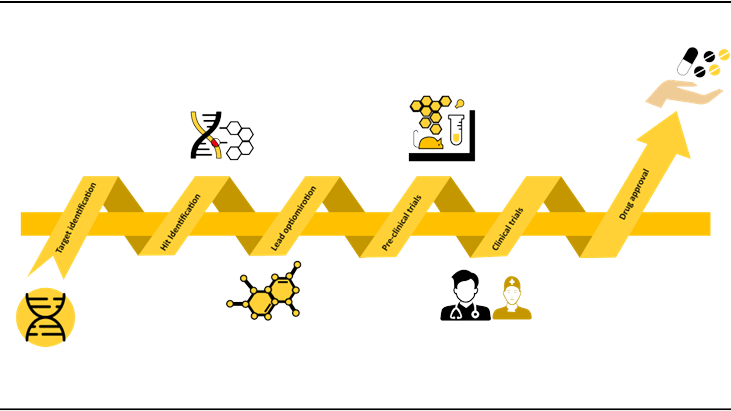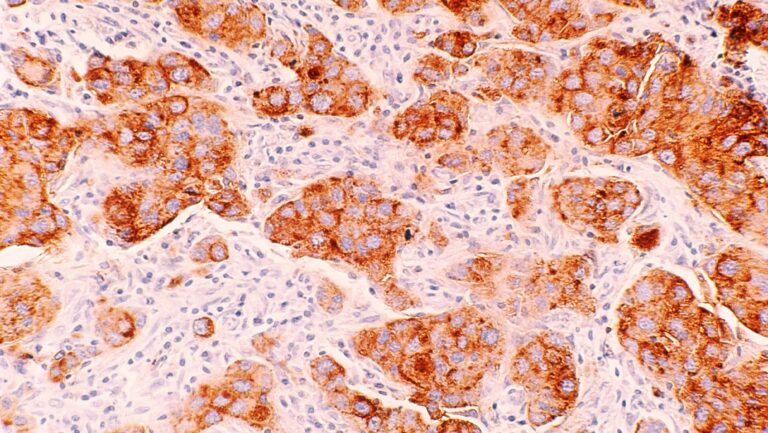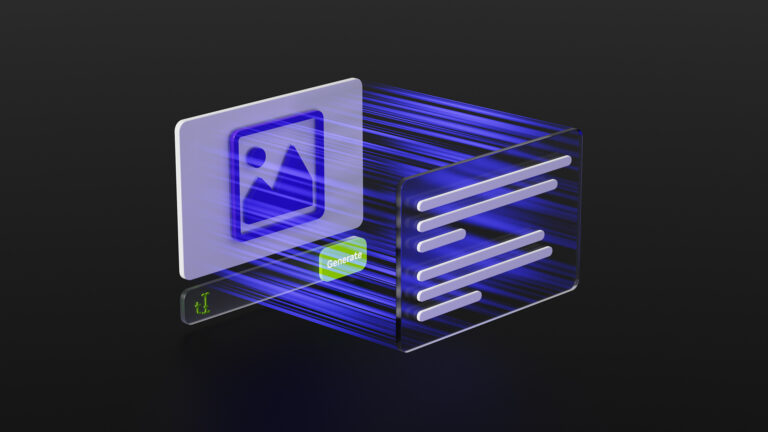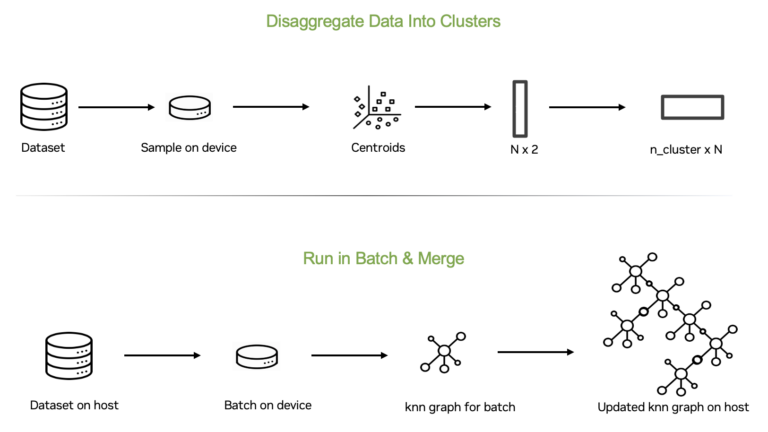 NVIDIA technology helps organizations build and maintain secure, scalable, and high-performance network infrastructure. Advances in AI, with NVIDIA at the…
NVIDIA technology helps organizations build and maintain secure, scalable, and high-performance network infrastructure. Advances in AI, with NVIDIA at the…
NVIDIA technology helps organizations build and maintain secure, scalable, and high-performance network infrastructure. Advances in AI, with NVIDIA at the forefront, contribute every day to security advances. One way NVIDIA has taken a more direct approach to network security is through a secure network operating system (NOS). A secure network operating system (NOS) is a specialized type of…

 The integration of AI in drug discovery is revolutionizing the way researchers approach the development of new treatments for various diseases. Traditional…
The integration of AI in drug discovery is revolutionizing the way researchers approach the development of new treatments for various diseases. Traditional… Robotics could make everyday life easier by taking on repetitive or time-consuming tasks. At NVIDIA GTC 2024, researchers from Stanford University unveiled…
Robotics could make everyday life easier by taking on repetitive or time-consuming tasks. At NVIDIA GTC 2024, researchers from Stanford University unveiled… A new deep learning model could reduce the need for surgery when diagnosing whether cancer cells are spreading, including to nearby lymph nodes—also known as…
A new deep learning model could reduce the need for surgery when diagnosing whether cancer cells are spreading, including to nearby lymph nodes—also known as… The exponential growth of visual data—ranging from images to PDFs to streaming videos—has made manual review and analysis virtually impossible….
The exponential growth of visual data—ranging from images to PDFs to streaming videos—has made manual review and analysis virtually impossible…. UMAP is a popular dimension reduction algorithm used in fields like bioinformatics, NLP topic modeling, and ML preprocessing. It works by creating a k-nearest…
UMAP is a popular dimension reduction algorithm used in fields like bioinformatics, NLP topic modeling, and ML preprocessing. It works by creating a k-nearest…